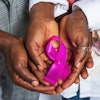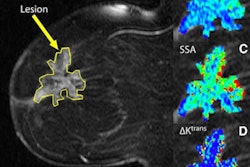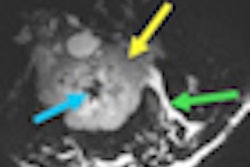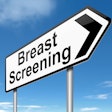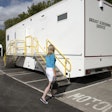Tuesday, November 29 | 12:45 p.m.-1:15 p.m. | LL-BRS-TU8B | Lakeside Learning Center
This poster will detail how full-field digital mammography (FFDM) images could be compressed with JPEG 2000 algorithms at an 80:1 ratio without visually detectable degradation.Lossy compression of FFDM images is currently permitted by the U.S. Mammography Quality Standards Act (MQSA) only for secondary viewing and if acceptable to the viewing clinician. However, a standard for significant lossy compression would yield many benefits, including reduced storage costs, faster telemammography, and greater access to expert mammographer consultants, said presenter Dr. Mark Kovacs of Santa Barbara Cottage Hospital.
In a preliminary study, a research team from Santa Barbara Cottage Hospital and PACS vendor DR Systems compressed 80 breast and 16 phantom images from five separate FFDM vendors with 30 different JPEG and JPEG 2000 algorithms. Despite varying effects on images from different vendors, uncompressed FFDM images from all vendors could be compressed with JPEG 2000 at an 80:1 ratio without visually detectable degradation, Kovacs said.
"We propose that JPEG 2000 80:1 compression for FFDM is a promising standard compression scheme," Kovacs said.
A follow-up clinical study is now ongoing at Santa Barbara Cottage Hospital with the goal of establishing a digital mammography lossy compression standard, and the group plans on presenting the results at the 2012 RSNA meeting, Kovacs said.

